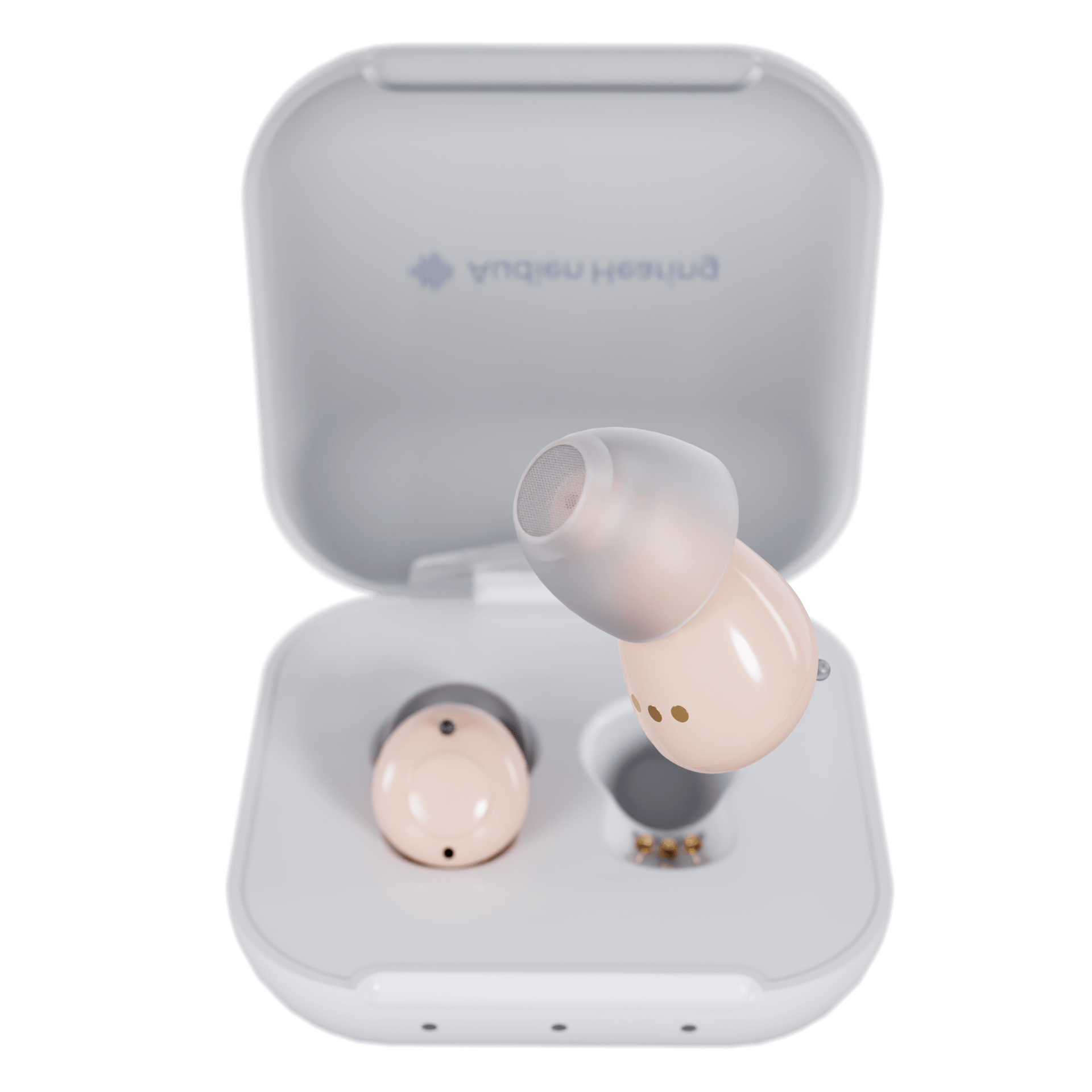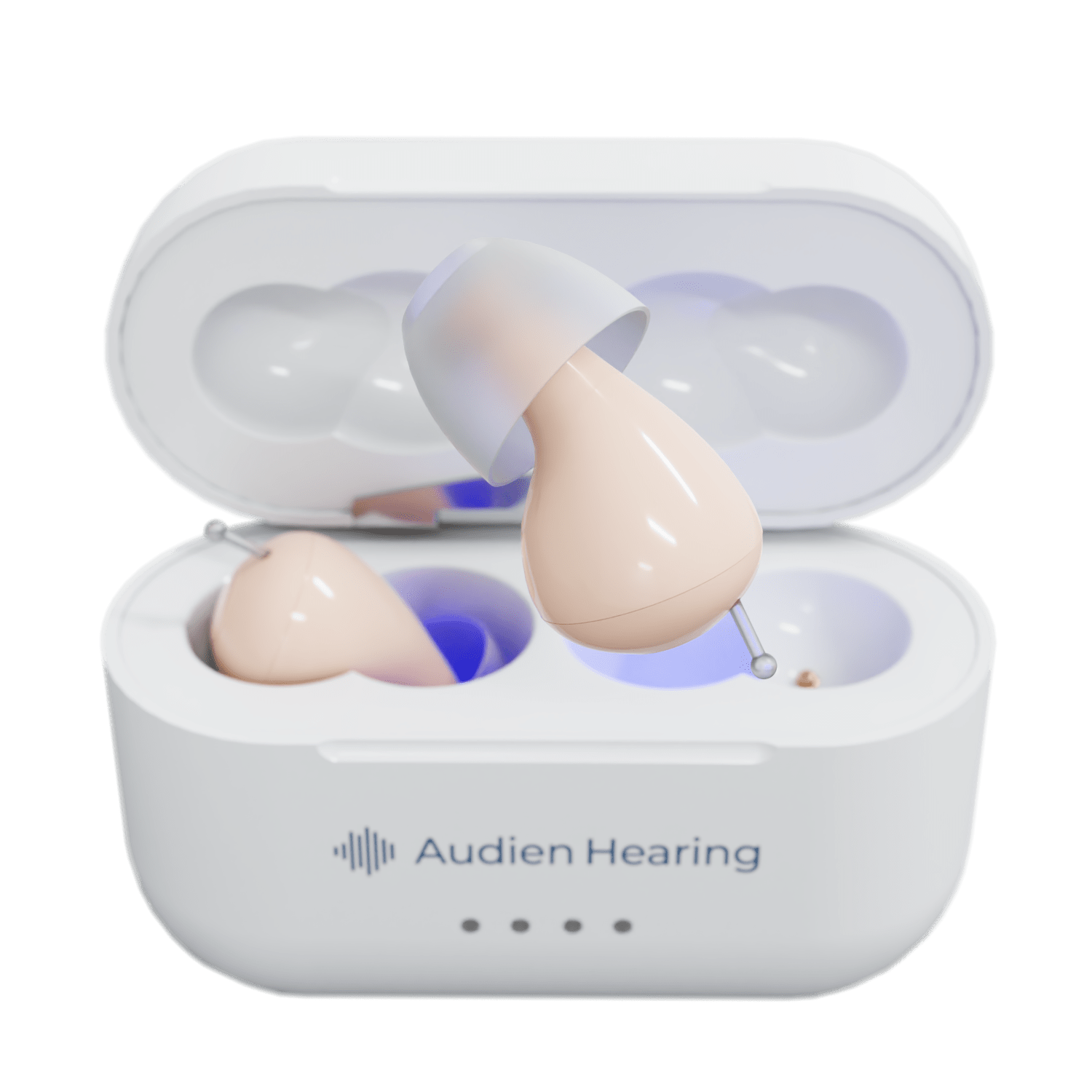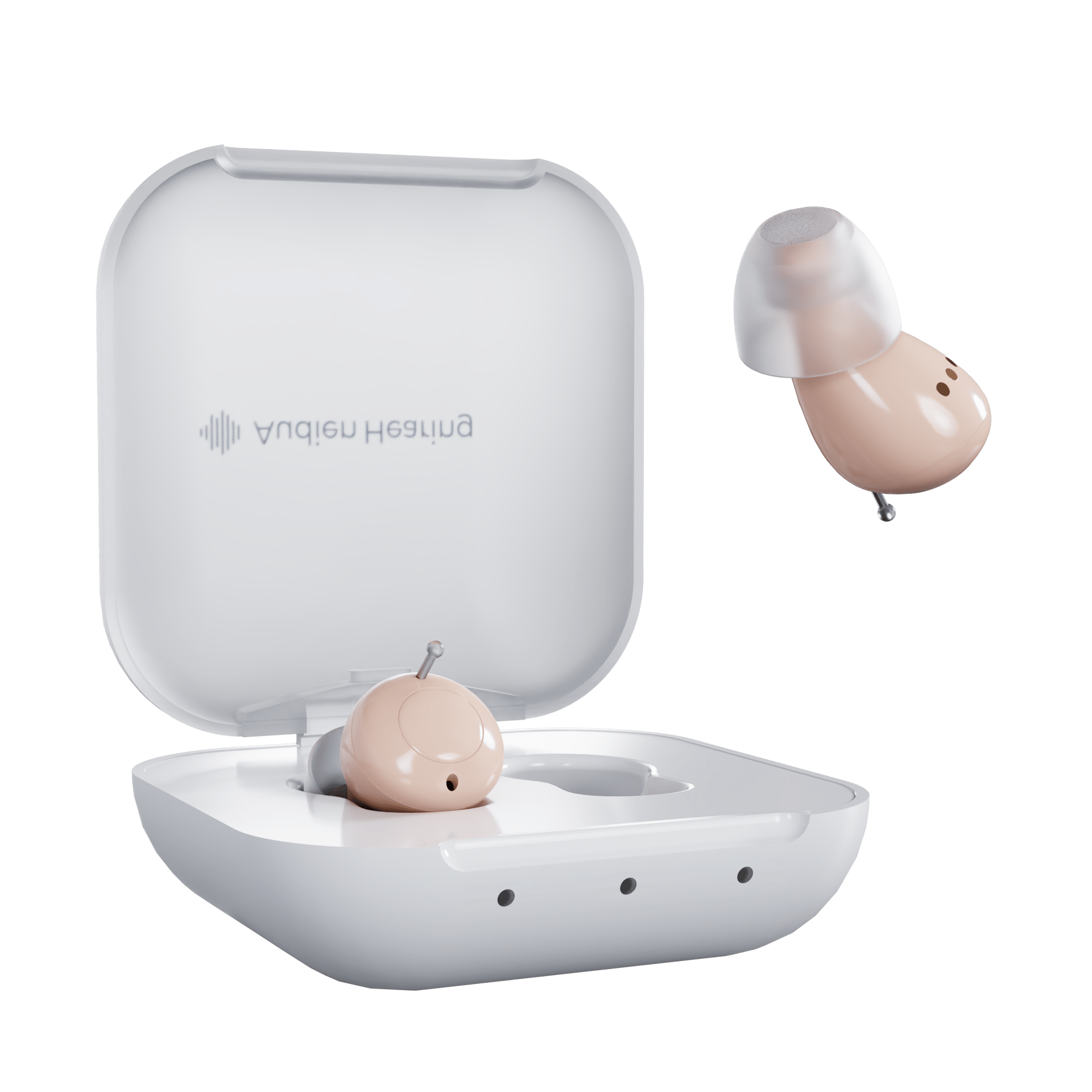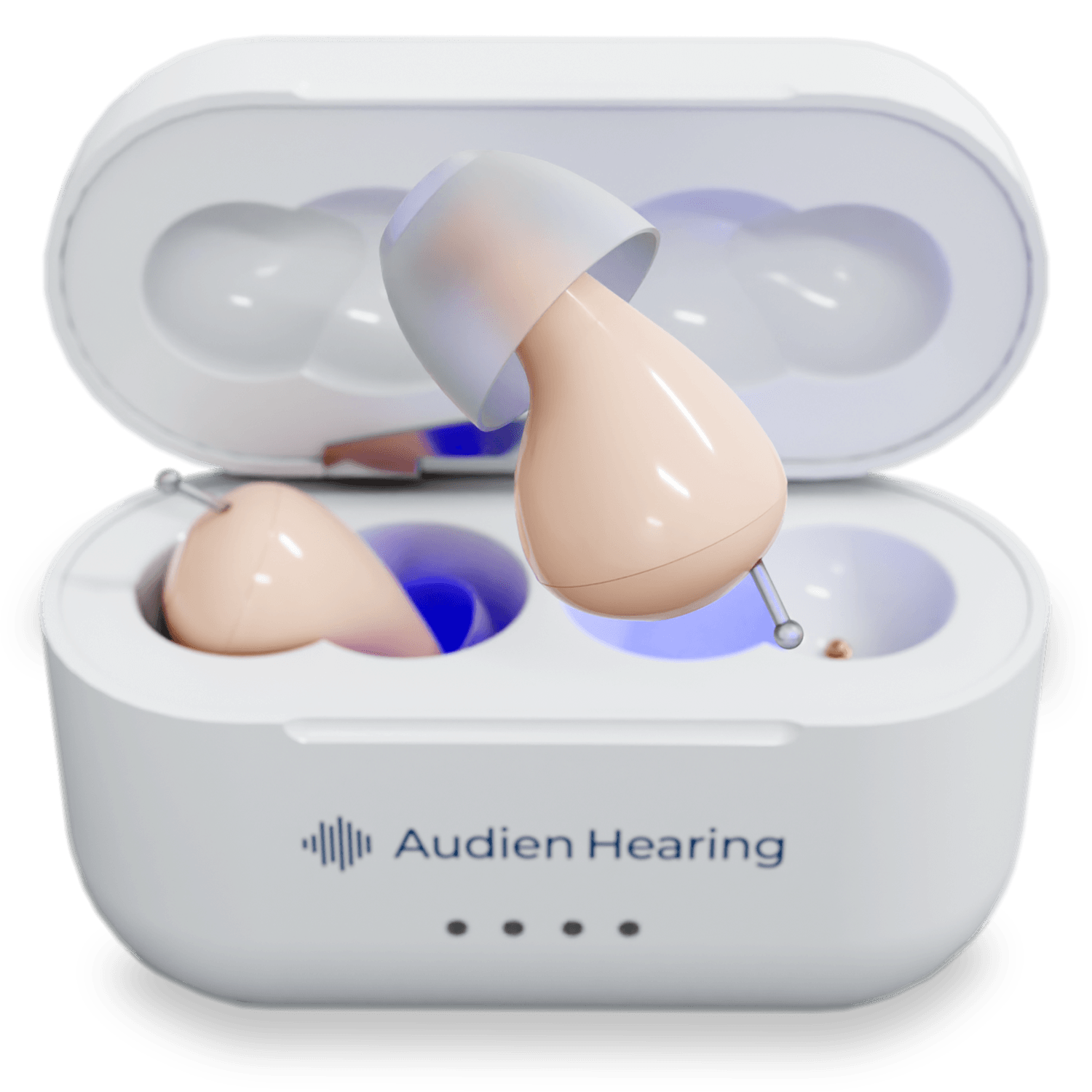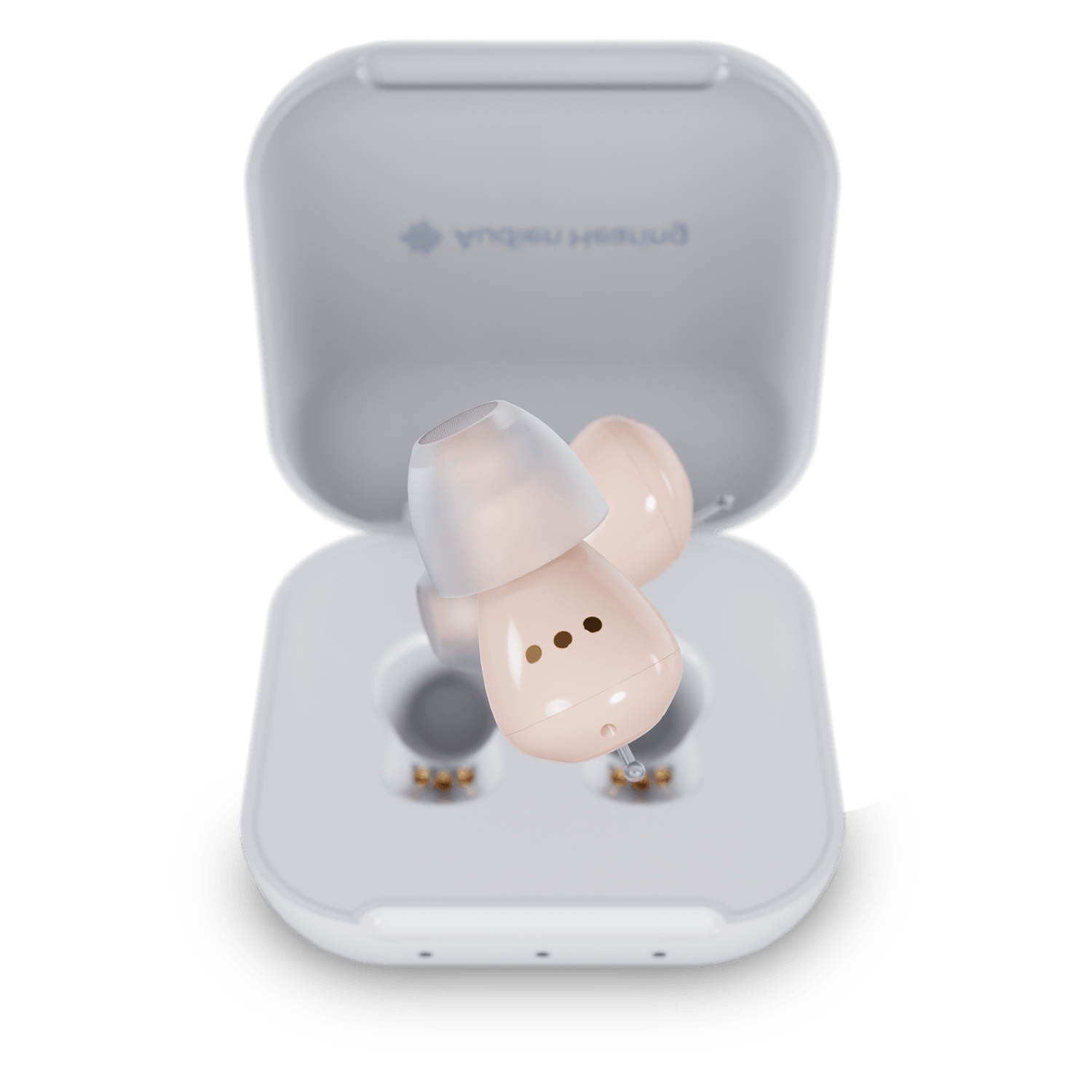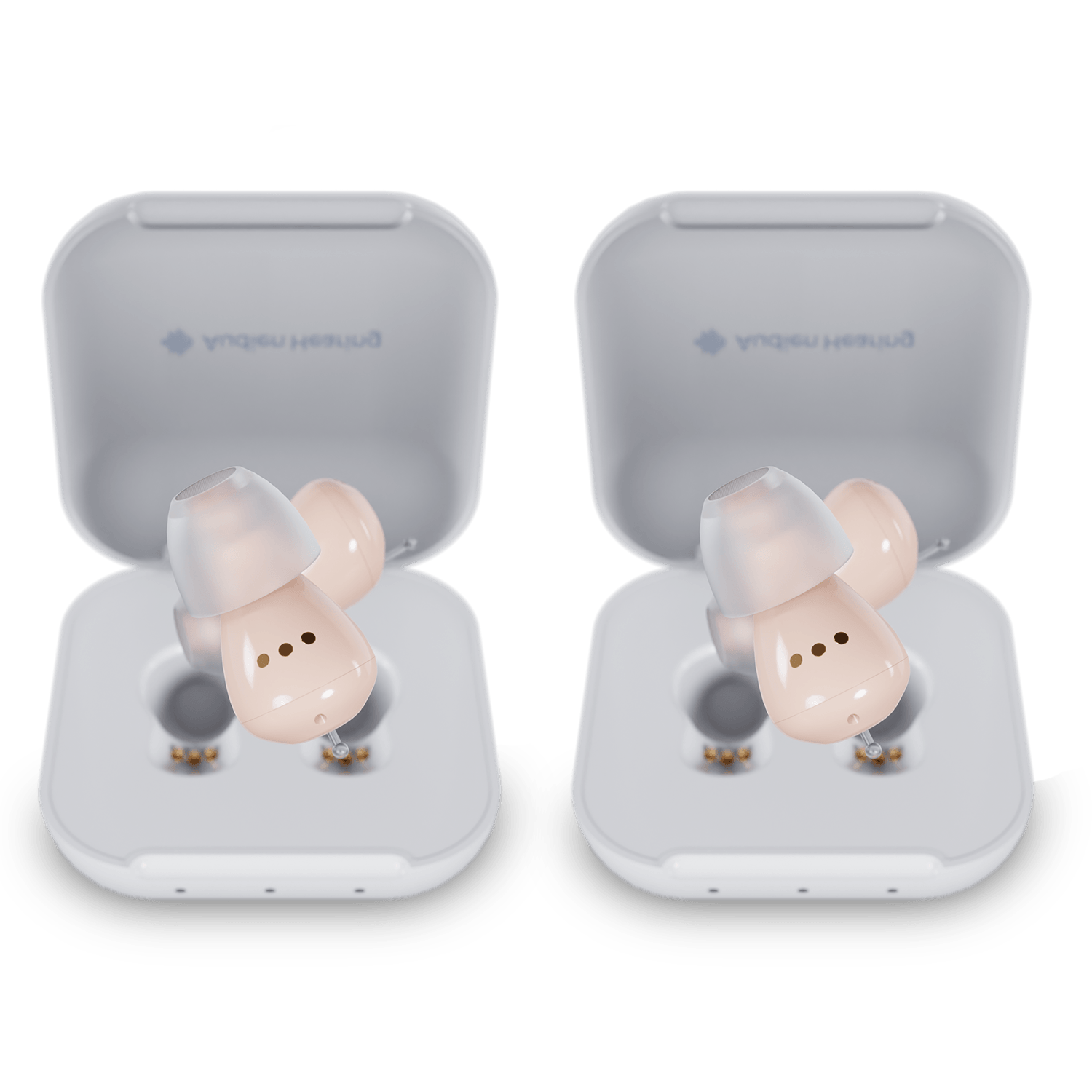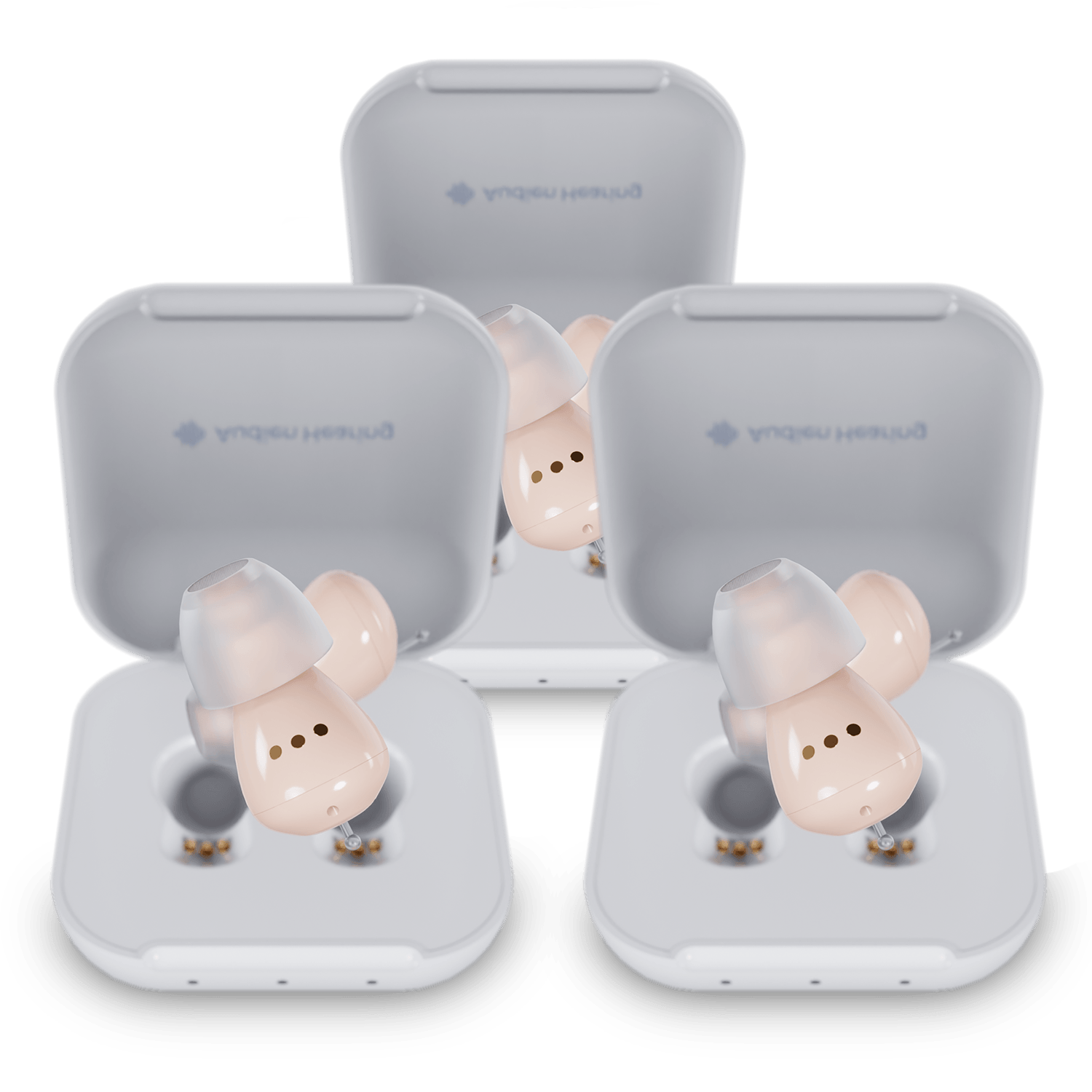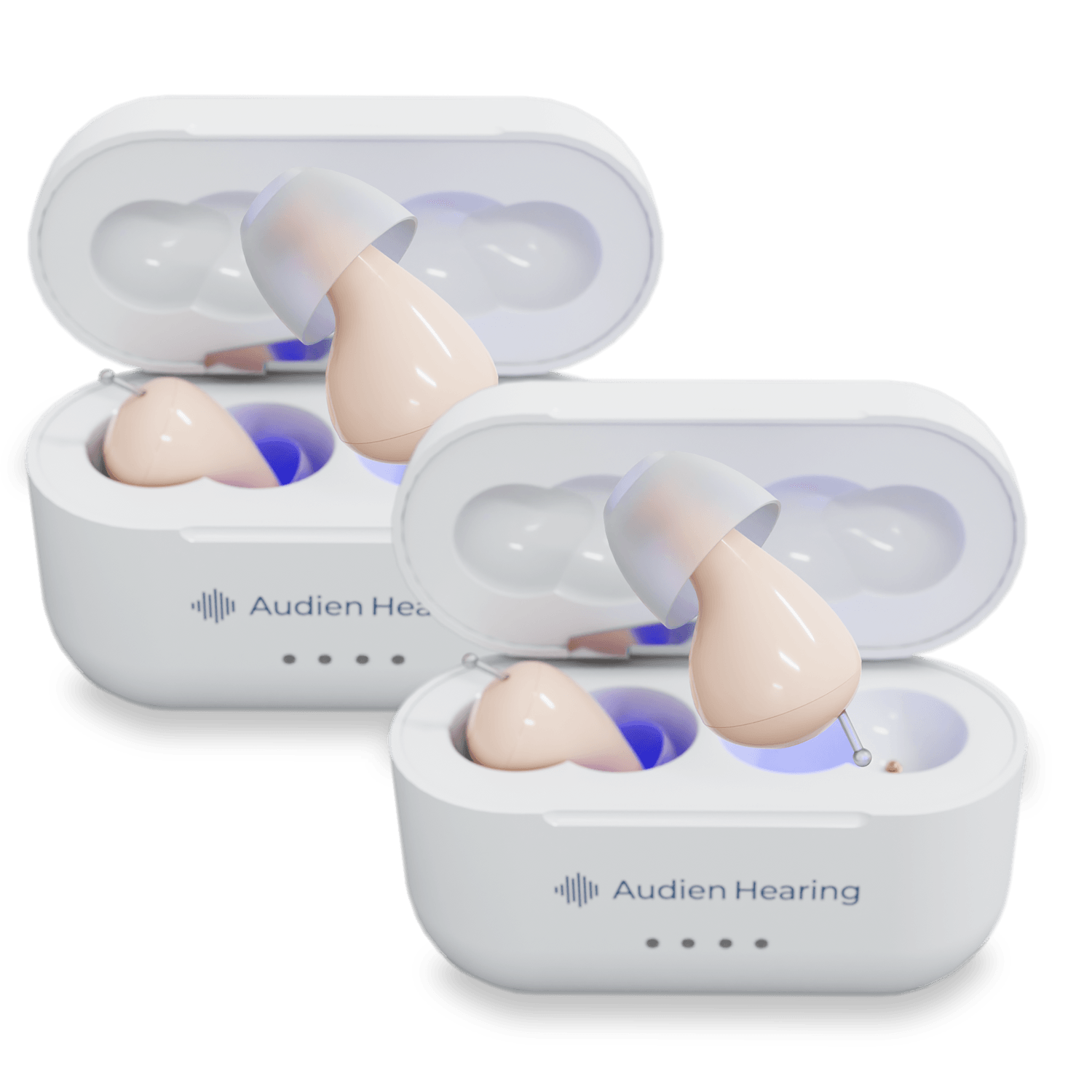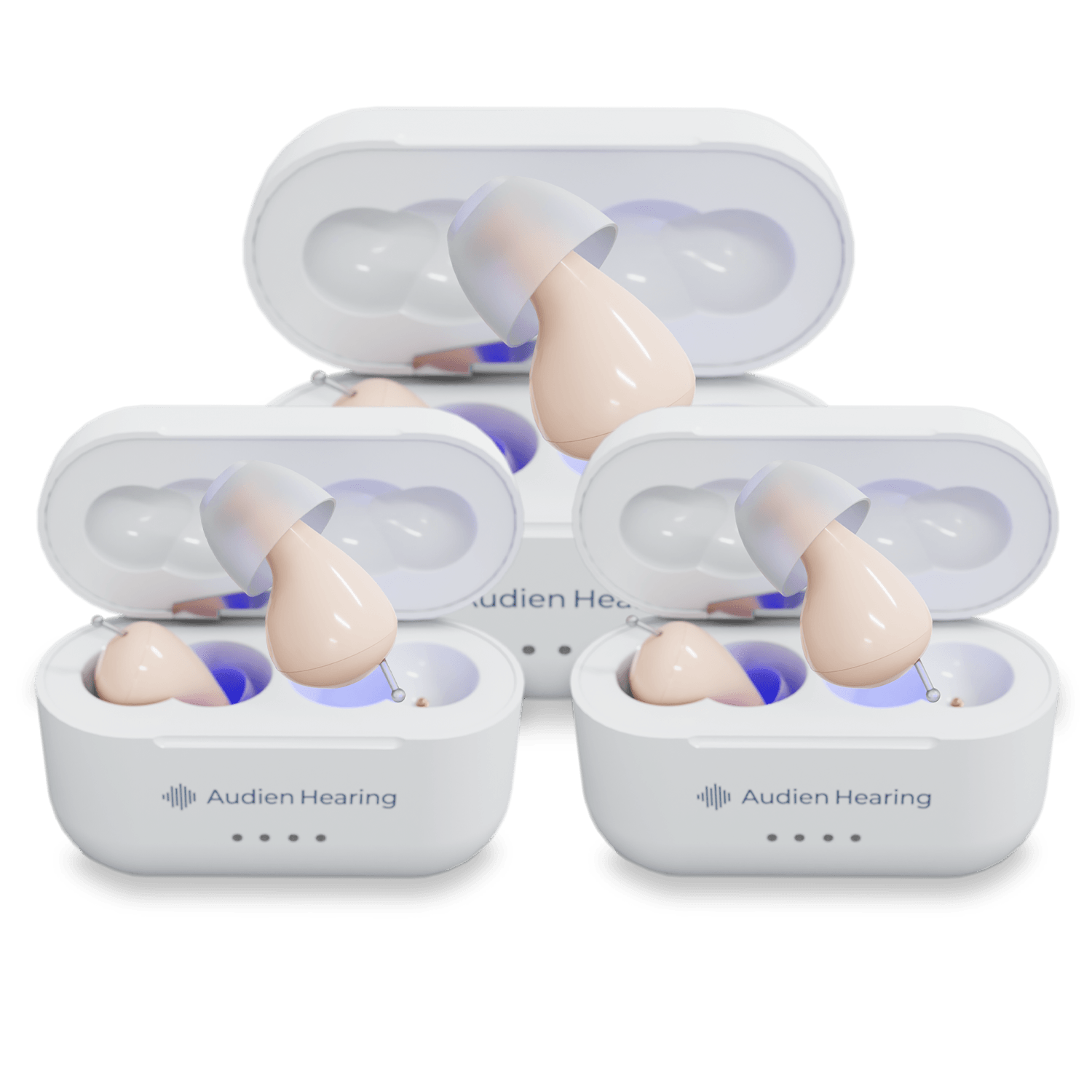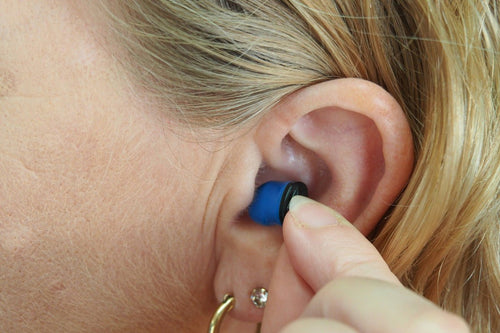The box arrives. Inside, your new hearing aids promise better hearing, clearer conversations, a return to the world of sound. But between opening that box and truly benefiting from your hearing aids lies a minefield of common mistakes.
As an audiologist, I've watched thousands of people navigate their first weeks, and I see the same errors repeated over and over. The good news? Every single one is avoidable. Let me help you skip the frustration and get straight to better hearing.
Mistake #1: Treating Them Like Reading Glasses

Most new users think hearing aids work like reading glasses—put them on when you need them, take them off when you don't. "I'll wear them for family dinner." "I'll save them for important meetings." "I only need them when people visit."
This approach guarantees frustration and failure. Your brain isn't like your eyes. When you need reading glasses, your vision instantly sharpens the moment you put them on. Hearing doesn't work that way. Your auditory system has spent years adapting to hearing loss, developing workarounds and filling in gaps. It needs consistent input to recalibrate.
Think of it like physical therapy after an injury. You wouldn't expect to regain strength by exercising only during important events. Your brain needs daily practice to rewire itself. When you wear hearing aids sporadically, you're constantly starting over. The background sounds never become background. Your voice never sounds normal. Each wearing feels foreign instead of familiar.
One patient described it perfectly: "I kept putting them in for dinner parties and wondering why I felt more exhausted than before. Then I wore them consistently for two weeks. Suddenly, restaurants weren't overwhelming—they were enjoyable."
The solution is simple but requires commitment: wear your hearing aids all waking hours for at least the first month. Yes, even home alone reading. Yes, even for quiet activities. Your brain needs to relearn how to filter and prioritize sounds, and that only happens with consistent use.
The more you wear the devices; the faster you will get used to them. The more hours the better! Start gradually if needed. Day one, try five hours. Day two, six hours. Build up until they're in your ears all day! Both the Atom and Ion series are designed for long-term comfort, with battery life that outlasts your day. The Ion series offers up to 48 hours per charge, eliminating any excuse for partial wearing.
Mistake #2: Surrendering to the Overwhelm

Week one hits like a tsunami of sound. The refrigerator hums like a diesel engine. Your footsteps echo like you're wearing tap shoes. Paper crinkles like thunder. Even swallowing seems loud. Many people conclude their hearing aids are defective or set wrong. They turn them down to whisper levels or, worse, put them back in the box.
Here's what's actually happening: you're hearing normally for the first time in years. That refrigerator always hummed. Your footsteps always made a sound. You forgot. Your brain, starved of input, is suddenly flooded with information it hasn't processed in ages. Like walking from a dark movie theater into bright daylight, it's overwhelming but temporary.
This phase typically lasts 2-4 weeks. Your brain is sorting, categorizing, learning what to ignore. The air conditioner that seems deafening today will fade to the background within days. The sound of your own breathing, shocking at first, becomes unconscious again.
During this phase, resist the urge to constantly adjust volume. Both the Atom 2 and Ion series have multiple listening modes. Use them. Start with the quietest setting for calm environments. Graduate to normal mode as your brain adapts. Try the restaurant and outdoor modes if you need to cut out more ambient noise.
Keep a sound journal if it helps. Day three: "Coffee maker sounds like a jet engine." Day ten: "Didn't notice the coffee maker until I thought about it." That "broken" refrigerator will sound normal again. The overwhelming becomes ordinary faster than you think.
Mistake #3: Settling for the Default Setup

The Ion series has pre-programmed profiles for common hearing loss patterns that you can choose from and both the Atom/Ion series have different environmental modes for different listening settings. Many people assume that's the best they'll get. They never explore different dome sizes, never try alternate programs, never discover what their devices can really do.
This is like buying a car and never adjusting the seat or mirrors. The default settings are a starting point, not a destination. Your ears are unique. Your lifestyle is specific. Your hearing aids should reflect that.
Both Audien series include multiple dome sizes for good reason. The wrong size causes problems you might not even connect to fit: that persistent whistle when you smile? Probably a dome issue. The plugged-up feeling that makes your own voice boom? Try a more open dome. That tickle deep in your ear? You might need a smaller size.
Spend a week with each size. What feels strange initially might prove perfect once your ears adjust. A slightly larger dome might eliminate feedback entirely. A different style might make all-day wearing effortless.
Explore every setting your devices offer. The Atom 2 has four distinct modes. The Ion Pro provides six hearing profiles crafted by audiologists and Grammy-winning sound engineers. Each optimizes for different situations:
-
Quiet mode for reading or intimate conversation
-
TV mode that pulls dialogue from background music
-
Restaurant mode that focuses on voices across from you
-
Outdoor mode that reduces wind noise
Try each mode in its intended environment but also experiment. You might prefer TV mode for phone calls or restaurant mode for family gatherings. One patient discovered she preferred outdoor mode for grocery shopping—it reduced the overwhelming sounds while keeping speech clear.
The Ion Pro's app control lets you fine-tune without removing your devices. Make small adjustments and live with them for a few days before changing again. Your perfect settings emerge through patient experimentation, not lucky guessing.
Mistake #4: Ignoring the Two-Minute Rule

"They're so small and advanced, they must be maintenance-free!" Then comes the day they sound muffled, whistle constantly, or stop working entirely. The culprit is almost always neglect.
Earwax is hearing aid enemy number one. It clogs ports, blocks sound, and creates feedback. Moisture corrodes contacts. Debris interferes with controls. Yet daily maintenance takes literally two minutes and prevents virtually every common problem.
Here's a real example: A patient came in convinced his month-old hearing aids were defective. They sounded "underwater" and whistled constantly. The problem? Earwax had completely blocked both domes. Two minutes of cleaning/changing the wax guard restored perfect function. He'd been suffering for a week with a problem that took seconds to fix.
Your morning routine: Before inserting, wipe each device with the provided cloth/brush. Check the dome for visible wax—it should be clear, not cloudy with buildup. Look at the microphone ports. That's it. Thirty seconds.
Evening routine: After removal, wipe again. Brush the dome with the provided tool. Open the battery door (if applicable) or place in the charging case. Another thirty seconds.
Weekly, go slightly deeper. Remove domes and clean thoroughly. Check for tears or shape loss—domes should bounce back when squeezed, not stay compressed. Clean the receiver opening gently. Inspect everything for damage.
The Atom Pro 2 makes maintenance even easier with its UV sanitizing case. While charging overnight, it kills 99.9% of bacteria. But UV light doesn't remove physical wax—you still need that daily wipe.
This two-minute investment prevents sound degradation, extends device life, and maintains hygiene. It's less work than brushing your teeth and equally important for health.
Mistake #5: Suffering in Silence

Pride, embarrassment, or simple stubbornness keeps people from seeking help when they struggle. They assume they should intuitively understand their hearing aids. When problems arise, they suffer quietly, growing frustrated, eventually abandoning the devices entirely.
This mindset makes no sense. You wouldn't hesitate to call tech support for a computer problem or ask a mechanic about a car noise. Hearing aids are sophisticated medical devices. Questions are expected, normal, and encouraged.
Here's a perfect example: A woman struggled for months with her hearing aids falling out during meals. She tried everything—different positions, holding them while eating, even avoiding certain foods. The solution? A different dome style that accommodated jaw movement. One phone call, one simple change, months of frustration ended.
Common issues that people needlessly endure:
-
Persistent feedback (usually a fit issue, easily solved)
-
Discomfort after hours of wear (often wrong dome size)
-
Difficulty with controls (there might be an easier way)
-
Unclear sound quality (settings may need adjustment)
-
Confusion about features (you might be missing useful options)
Audien provides lifetime support for a reason. They want you to be successful, not struggling. Their support team has heard every question, solved every problem. What seems unique to you is routine to them.
Beyond official support, tap into community wisdom. Online forums buzz with tips from experienced users. Family members can provide feedback on volume levels and clarity. That spouse who complained about your TV volume for years? They're now your best resource for finding the right settings.
Document your issues before calling support. "Whistles when I chew" is more helpful than "sometimes makes noise." "Sounds muffled after 3 PM" might reveal a wax buildup pattern. Specific problems get specific solutions.
The Mistakes That Matter Most
These five mistakes share a common thread: they stem from treating hearing aids as simple devices rather than the sophisticated technology they are. Your hearing aids aren't just amplifiers. They're computers, designed to restore not just sound, but connection.
Avoiding these mistakes means:
-
Wearing consistently so your brain fully adapts
-
Persevering through the overwhelming phase, knowing it's temporary
-
Optimizing settings for your specific needs and life
-
Maintaining them properly for reliable performance
-
Seeking help when needed instead of struggling alone
The difference between those who succeed with hearing aids and those who struggle isn't hearing loss severity or technical aptitude. It's avoiding these fundamental mistakes.
Your Path to Success

With Audien's 45-day trial period, you have ample time to navigate past these mistakes. Six weeks covers the adjustment period, allows thorough experimentation, and proves the value in your daily life. You can make every mistake and still have time to correct course.
Whether you chose the discrete Atom series or the advanced Ion series, success follows the same path. Consistent wearing teaches your brain. Patient adjustment reveals optimal settings. Simple maintenance ensures performance. Available support solves problems.
The sounds of life are waiting—not the overwhelming cacophony of week one, but the rich, balanced soundscape you've been missing. Conversations without exhaustion. TV at normal volume. Grandchildren's whispers. Morning birds returning after years of silence. The quiet "I love you" from across the room that you haven't heard in far too long.
Don't let common mistakes rob you of these moments. Your hearing aids aren't just devices; they're your return ticket to the world of sound. Use them wisely, maintain them simply, and let them do what they do best: reconnect you with life.
The journey from hearing loss to hearing well has predictable stumbling blocks. Now you know where they are. Step around them, and enjoy the clear path ahead.
